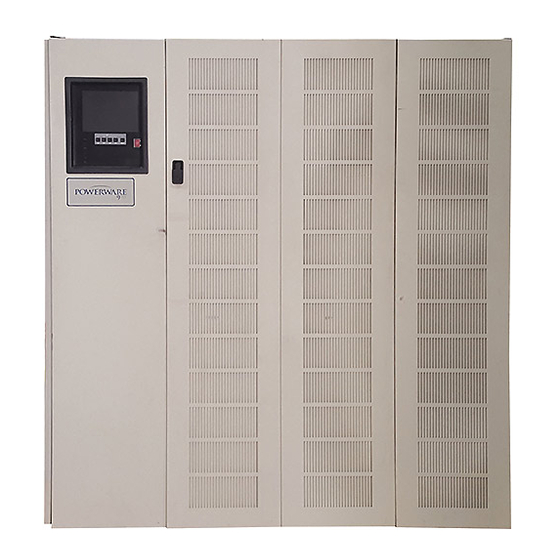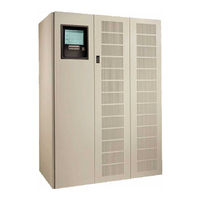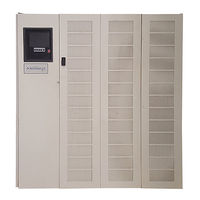
Powerware 9315 Manuals
Manuals and User Guides for Powerware 9315. We have 8 Powerware 9315 manuals available for free PDF download: Installation And Operation Manual, Installation Manual, Operation Manual, Installation Addendum, Installation & Operation Manual
Powerware 9315 Installation And Operation Manual (180 pages)
Uninterruptible Power Supply 500 kVA -- 750 kVA
Table of Contents
Advertisement
Advertisement
Powerware 9315 Installation Addendum (74 pages)
Uninterruptible Power Supply 500 kVA -- 750 kVA
Brand: Powerware
|
Category: Power Supply
|
Size: 1 MB
Table of Contents
Powerware 9315 Installation & Operation Manual (54 pages)
Parallel Redundant Uninterruptible Power Supply
Table of Contents
Powerware 9315 Installation & Operation Manual (53 pages)
fixed master sync control
Table of Contents
Powerware 9315 Installation & Operation Manual (48 pages)
Maintenance Bypass Module 30--160kVA
Brand: Powerware
|
Category: Power Supply
|
Size: 0 MB







